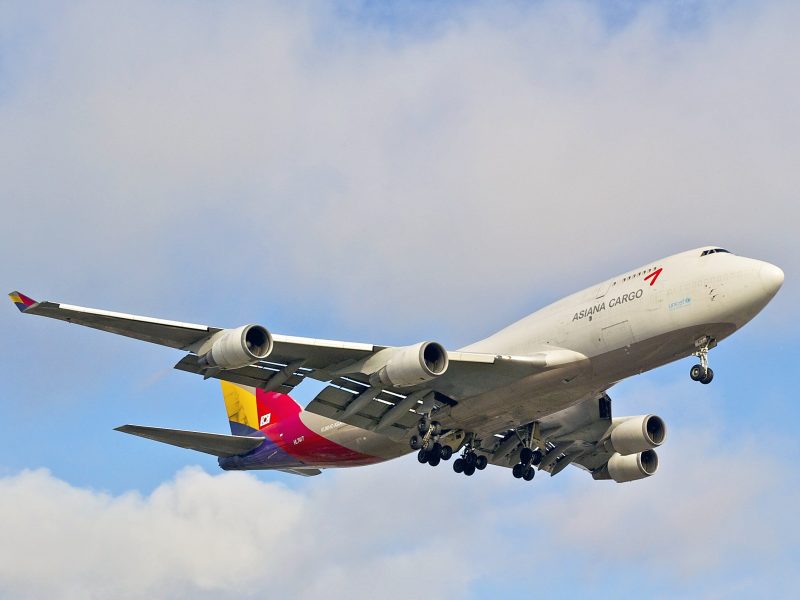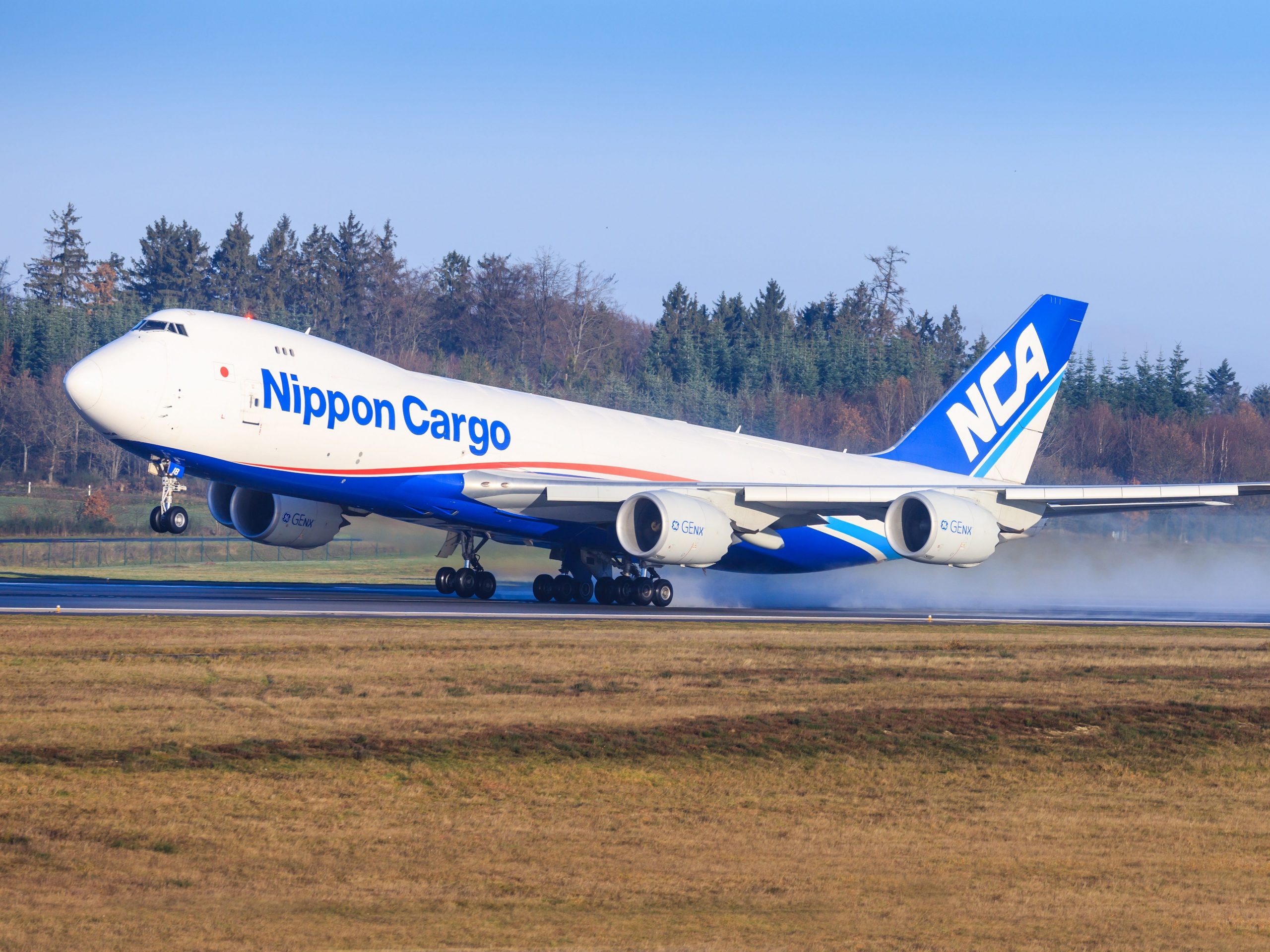- Passenger airlines are hurriedly saying goodbye to the Boeing 747 but the jet still has a long life ahead of it in the cargo realm.
- Cargo airlines that value its abundance of storage space will keep the plane flying for at least another 20 years once the last model is delivered.
- One feature of the 747 that cargo carriers will miss the most, however, is the nose door.
- Visit Business Insider’s homepage for more stories.
The sun is setting on the Boeing 747 as production will be coming to an end by 2023 after over 50 years, its manufacturer announced on Wednesday, and cargo airlines may have the most to lose.
Passenger airlines have been all too eager to say goodbye to jets like the 747 in recent years through efforts to lean their fleets, opting for smaller aircraft that can operate more cost-effectively. Once a symbol of luxury and extravagance in the skies, flying the 747 is now likely seen by most airline revenue analysts as wasteful, especially with plummeting demand no longer warranting its cavernous passenger cabins.
But while the passenger airlines are saying goodbye, cargo carriers are still welcoming the Jumbo Jet with open arms. Among the final recipients of the 747 are two cargo-haulers, UPS Airlines and the Volga-Dnepr Group.
It comes as no surprise since very few planes can hold more freight than the 747 thanks to its unique design intended to carry as many passengers as possible. And cargo carriers have shown that they can still make use of the planes that airlines have discarded, even decades later.
The 747 will likely stick around flying freight for another at least another 20 years after the last one is delivered but when it does eventually disappear from the skies, there's one feature that cargo carriers will likely miss the most.
The Boeing 747 took its first flight in 1969, over a half-century ago, and revolutionized passenger air travel thanks to its advances in range and passenger capacity.
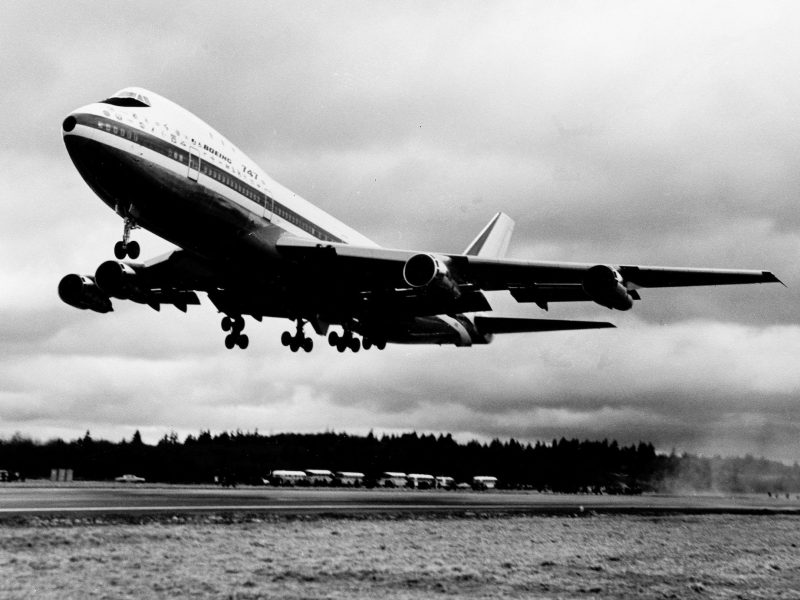
But while its size and iconic hump were once celebrated, they're now being rendered obsolete by the new guard of more efficient jets that can fly comparable distances for cheaper.

Since March, five passenger airlines have hastily said goodbye to their Boeing 747s including British Airways...
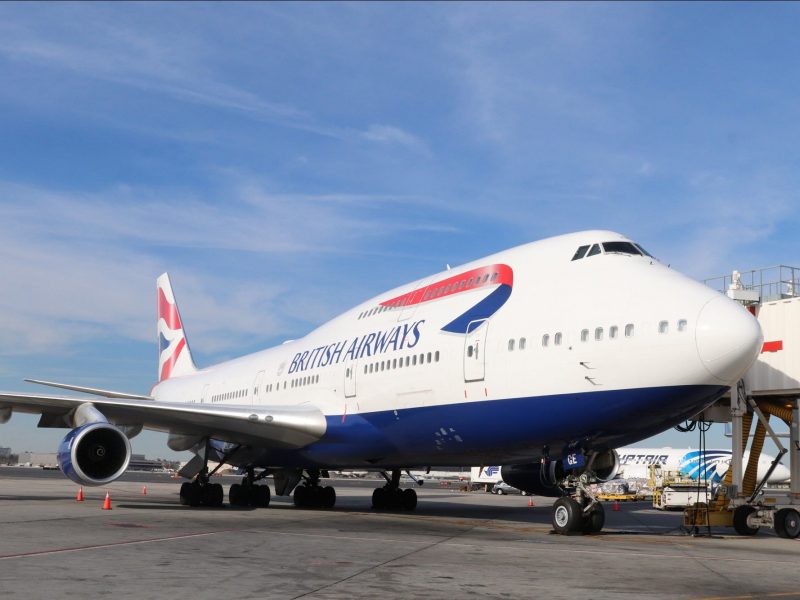
Qantas...

Virgin Atlantic Airways...
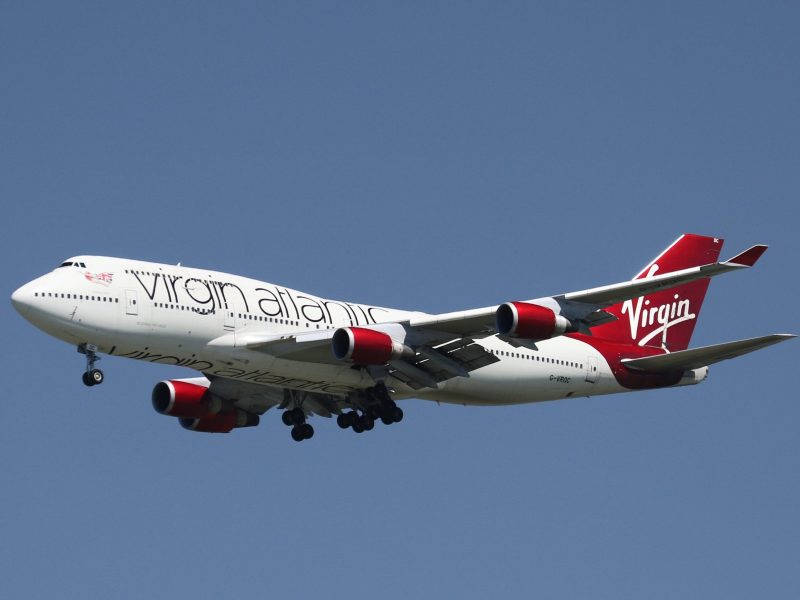
KLM Royal Dutch Airlines...

And Corsair.
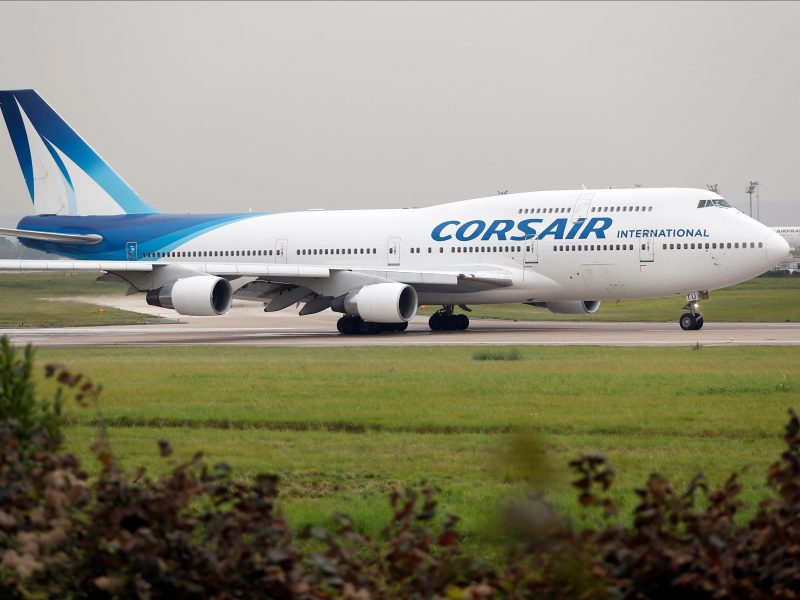
Not even the larger, re-engined Boeing 747-8i that took to the skies for the first time in 2010 was enough to keep the airlines interested.
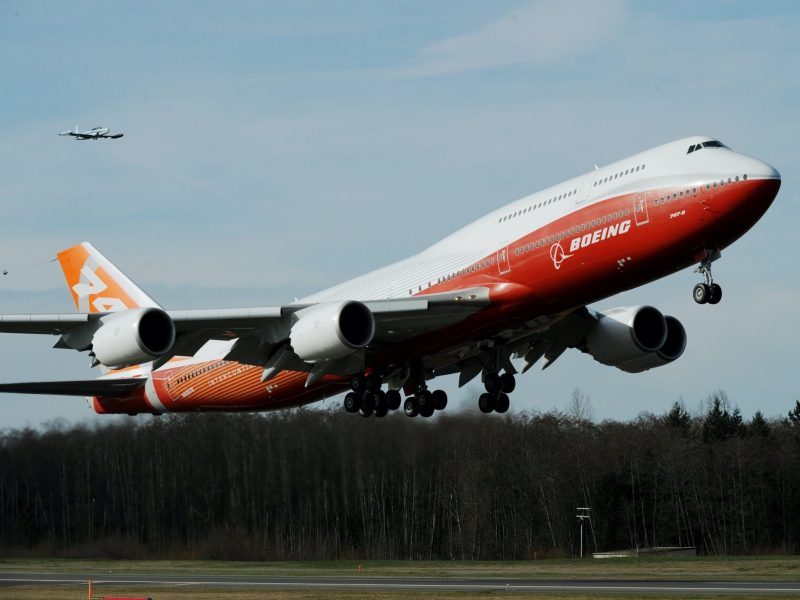
But though one market for the 747 has vanished, another still remains in cargo.

While only a small handful of passenger airlines purchased the Boeing 747-8i, the jet was largely scooped up by cargo airlines like UPS Airlines...

Atlas Air...

And Cargolux, to name a few.

The 747 has dominated the industry thanks to the amount of cargo it can carry over other freighters.
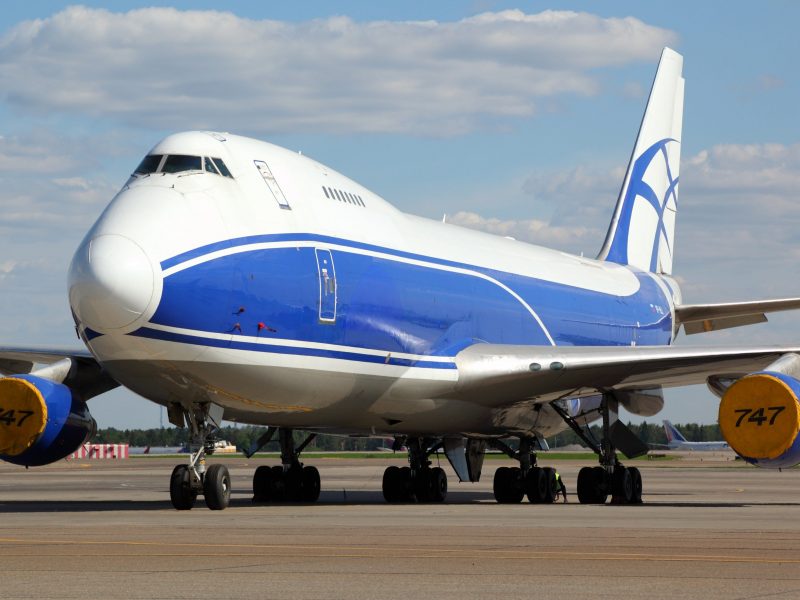
Cargolux, one of the largest all-747 cargo airlines, estimates that its 747-400F aircraft can fly 249,000 pounds of cargo,
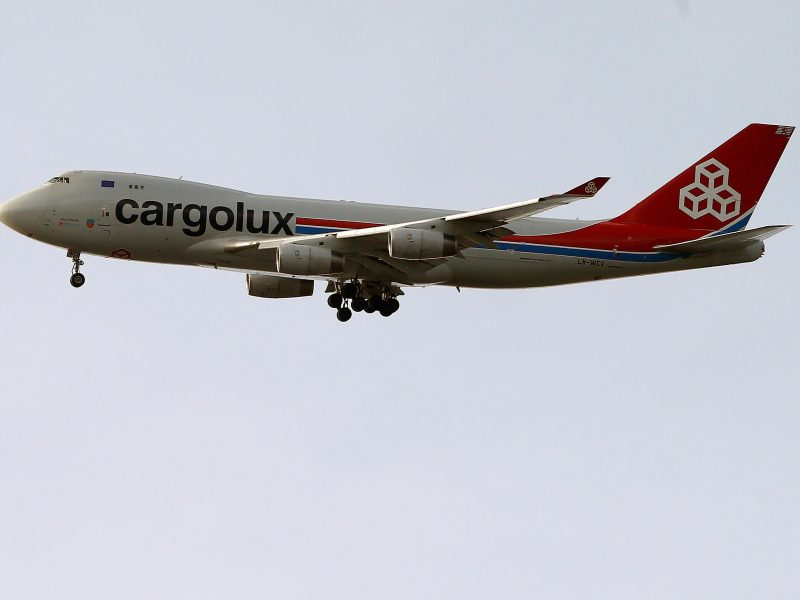
Source: Cargolux
While its 747-8F aircraft can carry 295,000 pounds.

Source: Cargolux
That's compared to around 205,500 pounds that can be carried by the McDonnell Douglas MD-11, currently in service with Lufthansa Cargo, UPS Airlines, and FedEx Express,
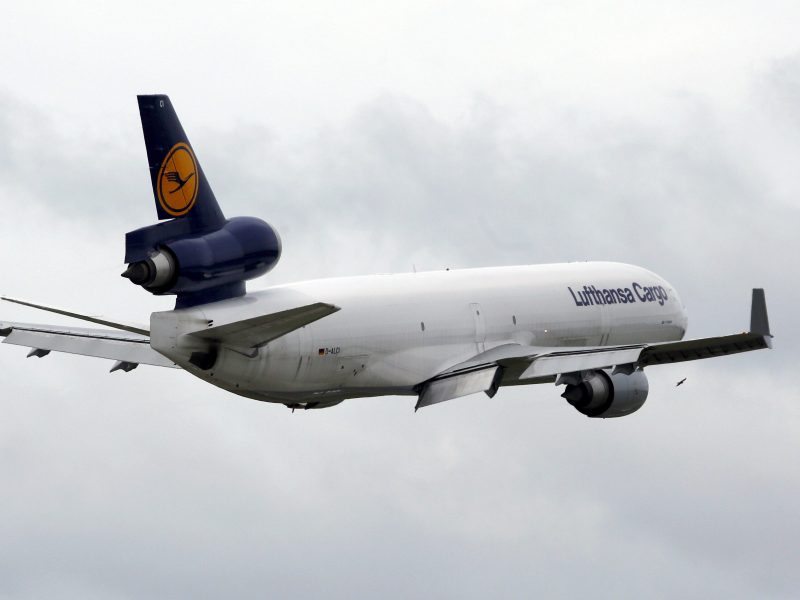
Source: Lufthansa Cargo
And around 227,000 pounds for the Boeing 777-200F used by Kalitta Air, FedEx Express, and Qatar Airways Cargo.

Source: Lufthansa Cargo
But cargo capacity aside, the Boeing 747 has one feature that very few rivals can offer: a nose loading door.

"The seven-four will be missed," said Neel Jones Shah, global head of airfreight at Flexport. "I'll tell you what we're going to miss most about that airplane is the nose door."

With the cockpit located on the top deck, the hinged nose door can be opened to allow loading from two ends at once.

It greatly helps bring load times down for the massive plane but also assists in another aspect.

The larger opening allows oversized items – such as a wind turbine, for example – to slide easily into the fuselage without having to be disassembled.
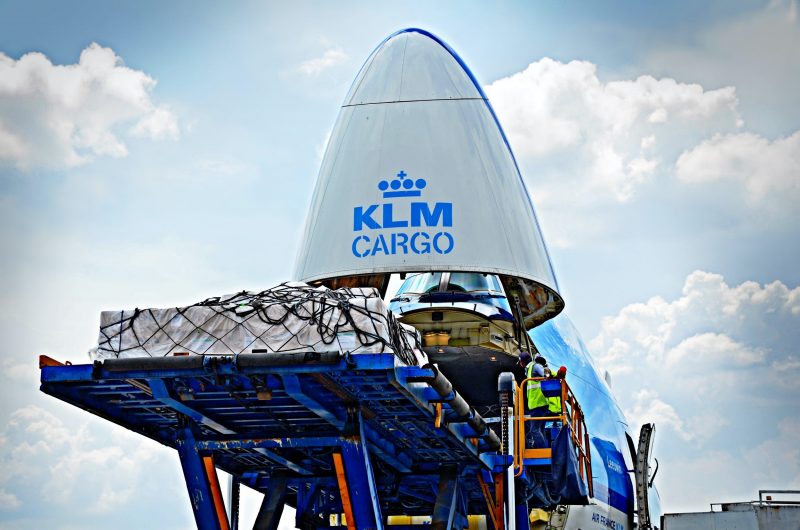
It's an advantage that the 747 has over nearly all single-level planes.
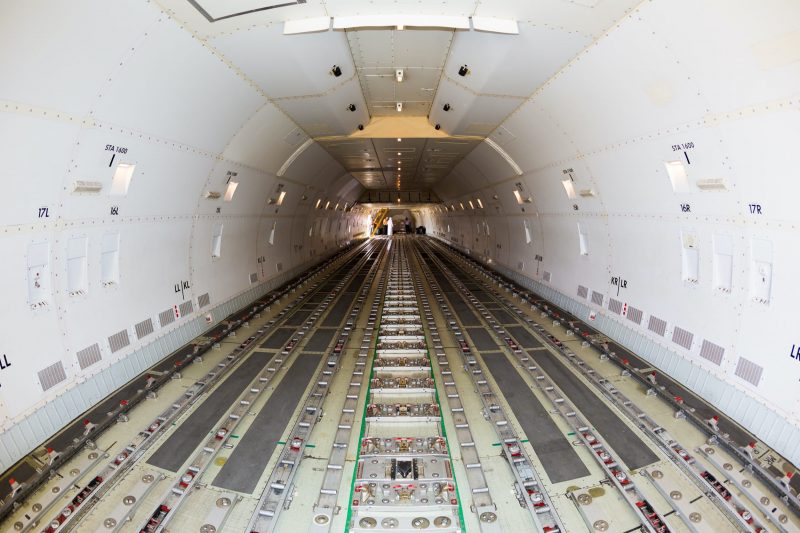
The feature isn't unique to the 747 as the Antonov An-225 Mriya also famously has a nose loading door.
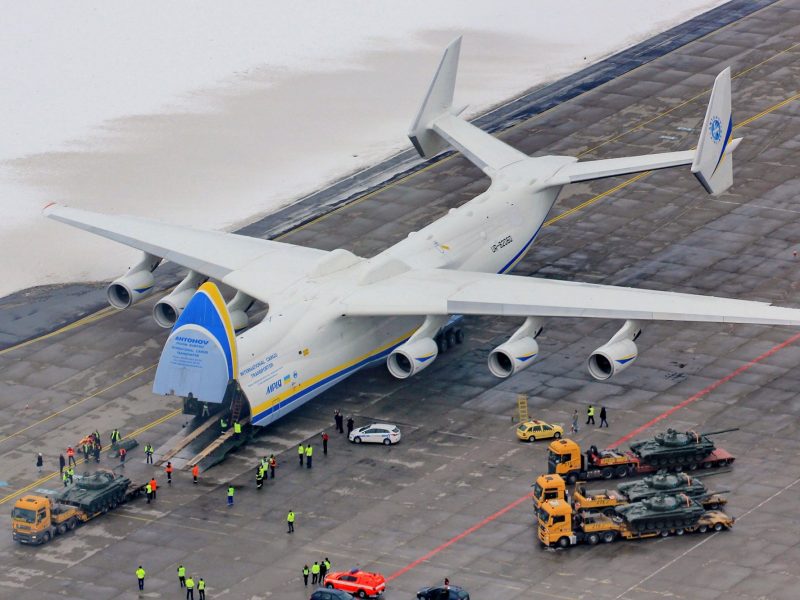
Here it is preparing to load a tank via the nose door.

But there's only one An-225 compared to hundreds of 747s.
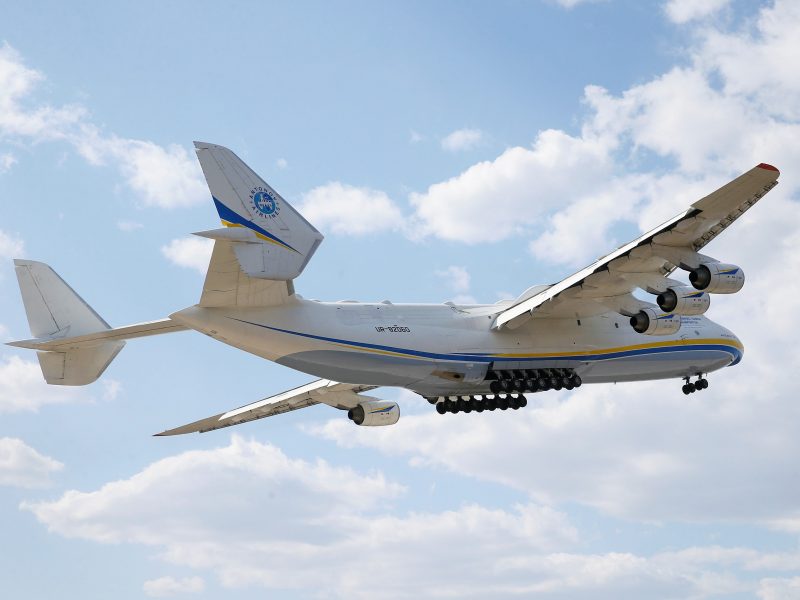
Smaller loads can be carried by the Antonov An-124 Ruslan, basically a scaled-down version of the An-225, which also has a nose door.

This jet can often be seen assisting Boeing transport engines across the country when the manufacturer can't spare a plane.

Both Ukrainian jets, however, are primarily operated by only one airline, Volga-Dnepr Airlines.

And as foreign registered aircraft, they can't fly cargo between two American cities without an exemption from the government due to cabotage laws.
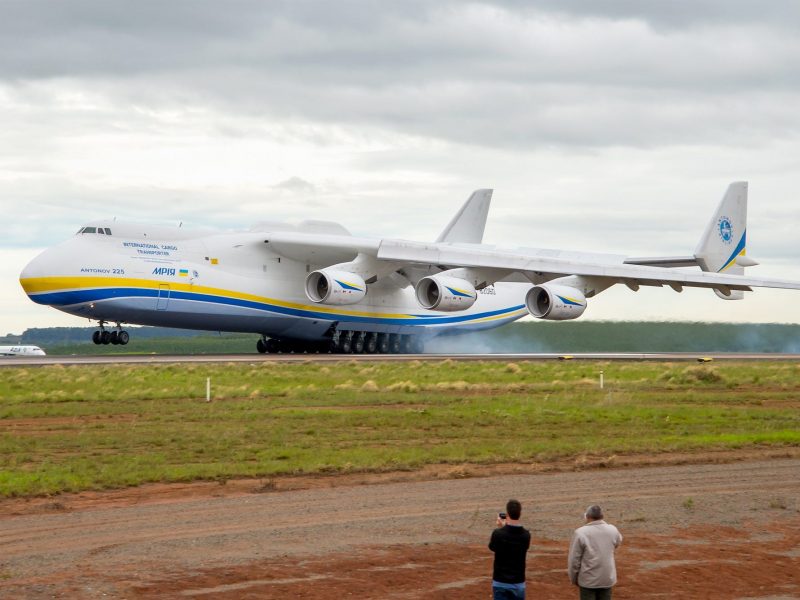
Two of the only twin-engine jets to have a nose door are the Airbus Beluga and Beluga XL jets.
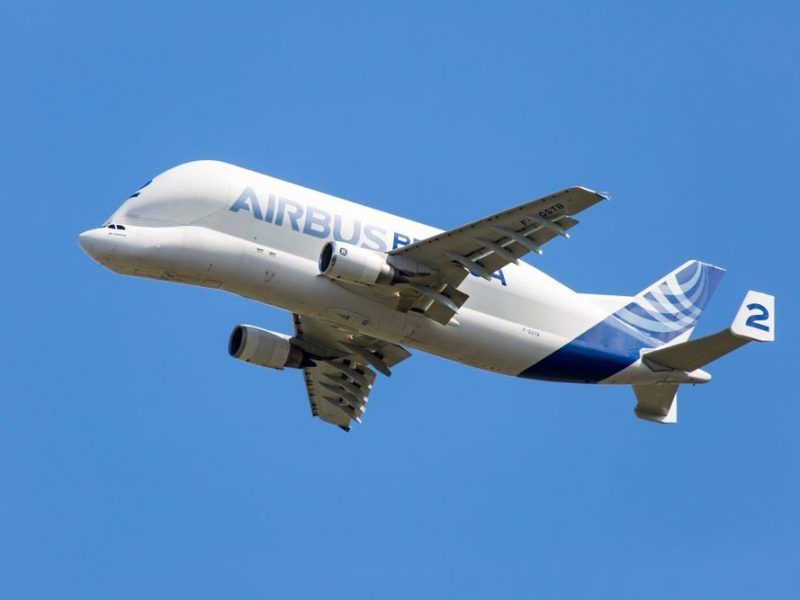
But Airbus only uses the jets to transport its own freight around the world and no airline currently has one.
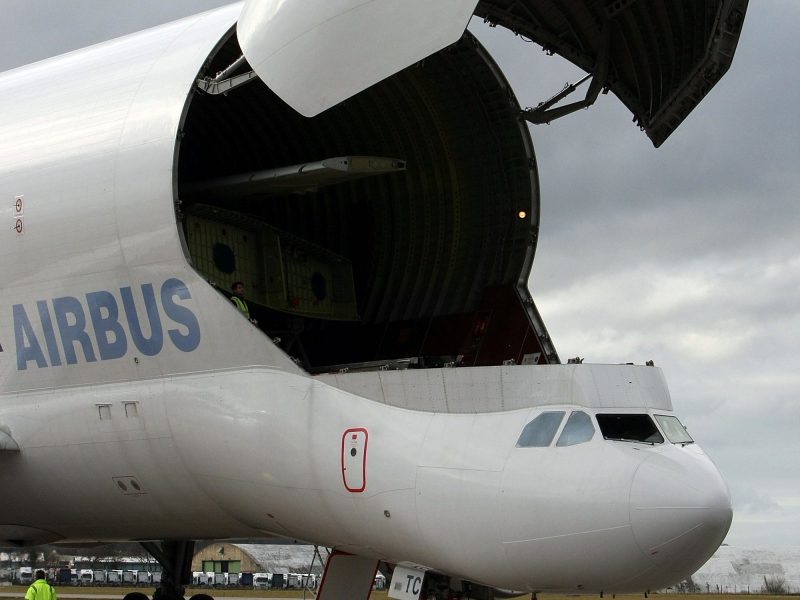
"The nose door allows the seven-four to carry a lot of very interesting oversized cargo that now is going to have a find another way to get from origin to destination," Shah said
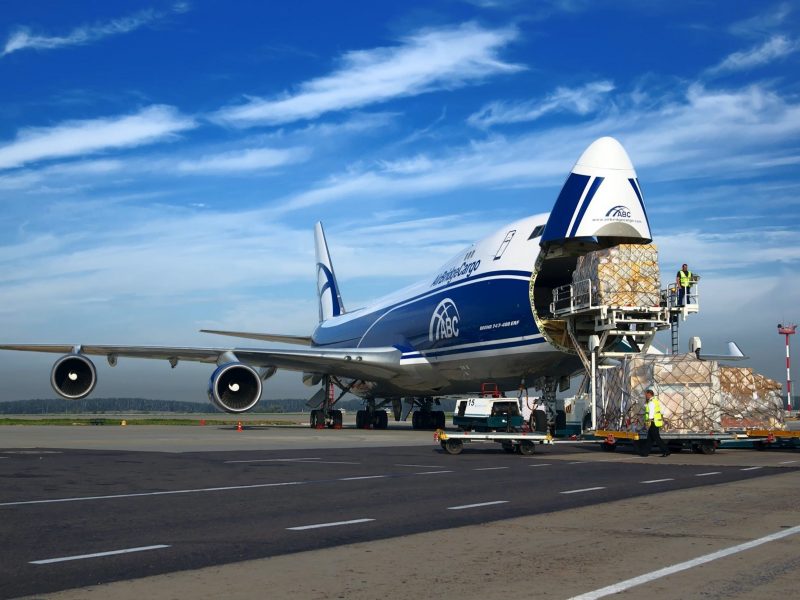
And pilots of the Jumbo Jet agree, with one 747 cargo pilot telling Business Insider: "The nose loader for oversized freight is what makes her so unique and capable to transport things other planes can't."

"She's great to fly and when you go places, people take pictures of her," said Kelsey, a cargo pilot flying the 747 that runs the Instagram page 74gear and asked that his last name be withheld for privacy reasons. "It's fun to see them smile and amazed."
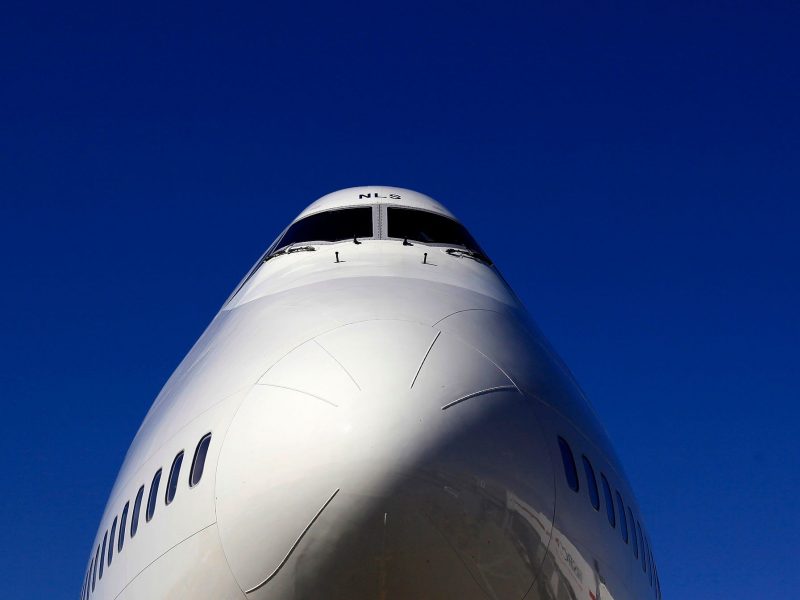
Even the US Air Force relies on nose door-equipped cargo planes for oversized transport.

The C-5 Galaxy, much like the Antonov planes, has one of the greatest carrying capacities out of the Air Force's fleet with the nose door allowing it to carry unusual cargo.
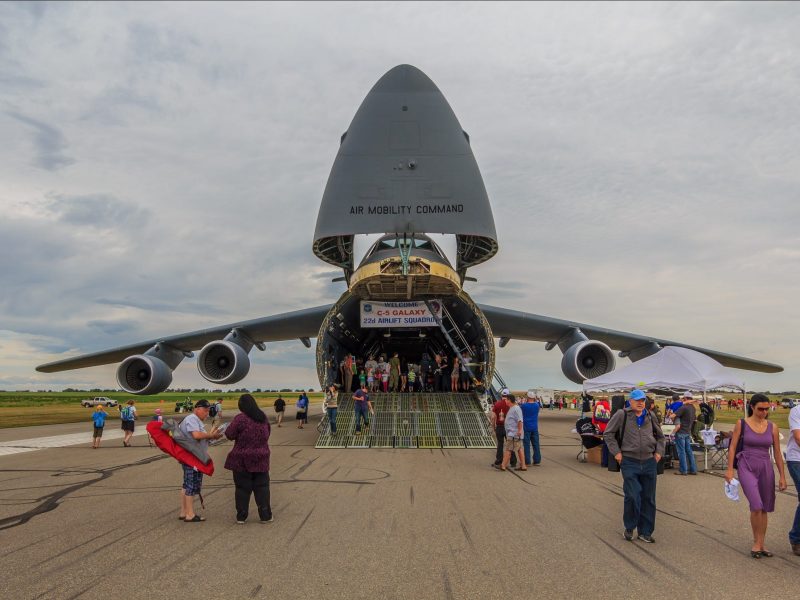
Including a fighter jet fuselage.

One option for future freighters is to embrace the tail door.

Boeing helped pioneer the concept with its Boeing 747-400LCF Dreamlifter, which near-exclusively flies parts for the 787 Dreamliner around the world.
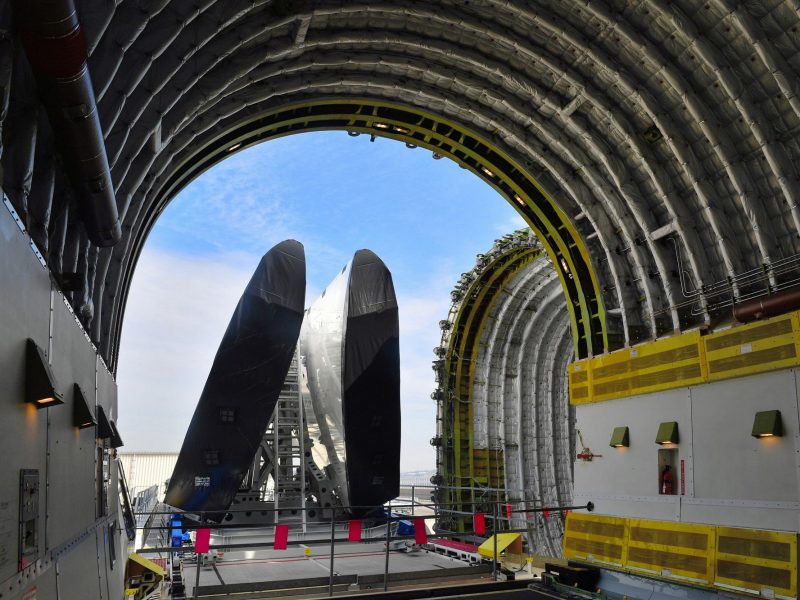
Much like the nose door, it's hinged so that parts can easily slide in and out.
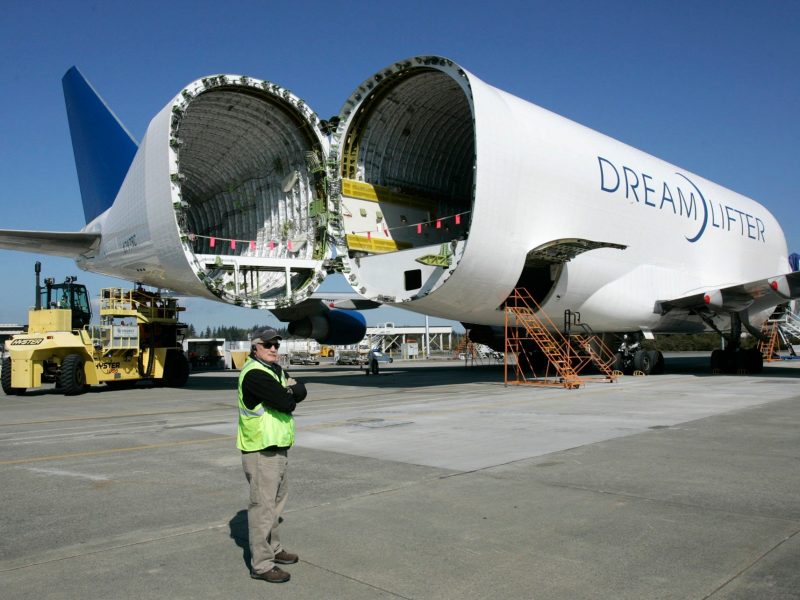
As the 747's time in the skies appears to be coming to close, more passengers aircraft are being converted into full-freighters, including the Boeing 777-300ER.

Source: Israeli Aerospace Industries
Israeli Aerospace Industries is currently working on converting the first passenger 777-300ER to a freighter, a process expected to take two years.

Source: Israeli Aerospace Industries
It will provide cargo airlines with additional capacity compared to the Boeing 777-200F.

But no plane will likely replace the capabilities of the Queen of the Skies anytime soon.
